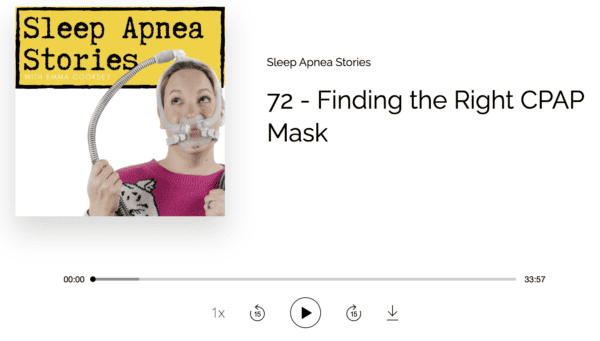This week, the White House disclosed that President Joe Biden is using a CPAP machine to treat sleep apnea. Sleep apnea is a common but severely under-diagnosed condition in the United States. According to a 2014 publication by the American Academy of Sleep Medicine, 25% or more of American adults may be affected by sleep apnea to some degree. Yet, the majority are without diagnosis or treatment. According to a 2019 article, “OSA is highly under-recognized and it is estimated that 82% of men and 93% of women living with obstructive sleep apnea in the United States are undiagnosed.”
“We are thrilled to hear that President Biden is treating sleep apnea with a CPAP machine,” says Julie Flygare, JD, President & CEO of Project Sleep. “Sleep apnea impacts people of all ages and genders, yet due to myths and misperceptions, the majority of people with this serious sleep disorder are currently without proper diagnosis or access to treatment options. This is why a national discourse about invisible sleep disorders is so critical.”
Understanding President Biden’s sleep apnea and CPAP
To better understand what it means that President Biden has sleep apnea and treats it with a CPAP machine, it’s important to know a little bit about sleep apnea.
What is sleep apnea?
Sleep apnea is a serious sleep disorder that occurs when a person’s breathing is interrupted during sleep. People with untreated sleep apnea stop breathing repeatedly during their sleep, sometimes hundreds of times a night. This means the brain — and the rest of the body — may not get enough oxygen. Due to this lack of oxygen, sleep apnea increases the risk of serious and even life-threatening health complications such as stroke, heart disease, high blood pressure, diabetes, and depression.
What are signs of sleep apnea?
Symptoms of sleep apnea vary by person and may include:
- Sleepiness or lack of energy during the day, even after a full night’s sleep.
- Snoring might come and go through the night or be loud enough to wake others near you. You may also occasionally wake up suddenly with a choking or gasping sensation. However, please note that you can have sleep apnea without much snoring.
- Disrupted nighttime sleep, including restless sleep or repeated awakenings.
- Morning headaches and/or dizziness. Scientists aren’t sure why people with sleep apnea get these. It might be because of poor sleep or a lack of oxygen caused by the breathing problems.
- Waking up with a very sore or dry throat or dry mouth. This happens because apnea often causes you to breathe through your mouth.
- Nightmares. Some research has found a link between apnea and bad dreams, but more research is needed.
- Cognitive and mental health impacts.
How is Sleep Apnea Treated?
CPAP, which stands for “continuous positive airway pressure,” is the treatment option President Biden is using, but it’s important to know that the causes of sleep apnea vary person to person and there is no “one size fits all” treatment. Symptom management varies widely by person but may include:
- Various positive airway pressure or “PAP” devices such as CPAP, AutoPAP or BiPAP are prescribed to push air into the airway and keep it open at night.
- Oral appliances are made by dentists who specialize in sleep dentistry. These devices prevent your airway from collapsing by holding your tongue in position or by sliding your jaw forward. These are a good alternative for people with mild or moderate sleep apnea but generally not recommended for severe cases.
- For some people, the anatomical structure of their airway is a factor, and surgery to move the jaws forward and increase the width of the airway can resolve sleep apnea. An implanted device that stimulates the tongue to keep it clear of the airway is another surgical option for some people with sleep apnea.
- Wakefulness medications are sometimes prescribed for people with excessive daytime sleepiness if they are using their CPAP every night as recommended.
- For some people a large weight gain can be a cause of sleep apnea, and for those people, weight loss can improve or eradicate their symptoms.
- More research is needed, but other therapies people with sleep apnea find helpful include myofunctional therapy, positional therapy and even didgeridoo playing!
Got CPAP Face Marks?
Emma Cooksey, Host of the Sleep Apnea Stories Podcast and Project Sleep Board Member, pointed out on social media, that a lot of the media’s discussion of President Biden’s sleep apnea revolved around the CPAP strap line marks on his face. Sleep Apnea Stories Podcast Episode 72 is dedicated to this topic and is a terrific resource for the POTUS and CPAP users across the nation.







